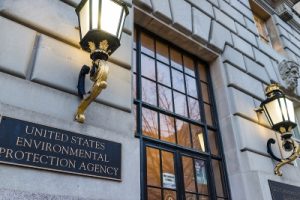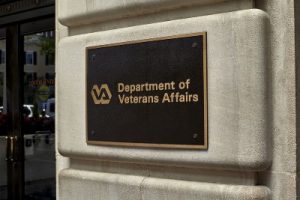
The Environmental Protection Agency's (EPA) mission is to protect human health and the environment. That is accomplished through a number of key efforts, including developing and enforcing regulations, providing grants, studying environmental issues, sponsoring partnerships, and educating the public about the environment through programs and publications.
While the mission of the EPA is decidedly focused on the health of the earth, the challenges it addresses are increasingly coming from cyberspace, with cyber threats becoming a key focus of organizations utilizing natural resources. Continue reading







